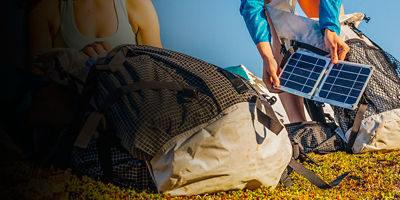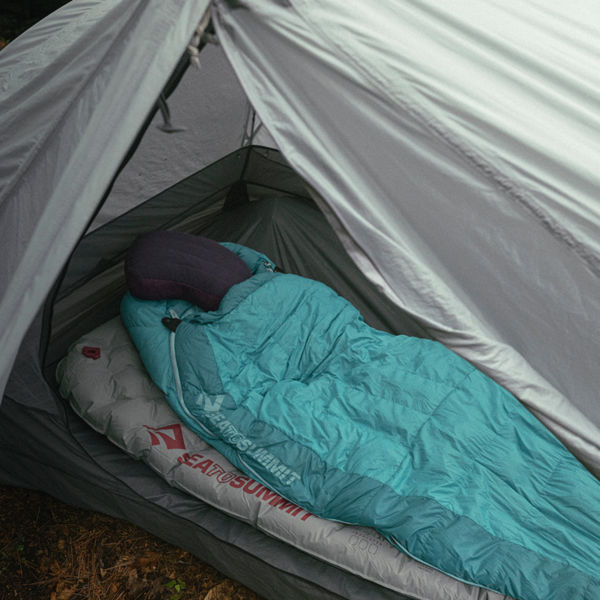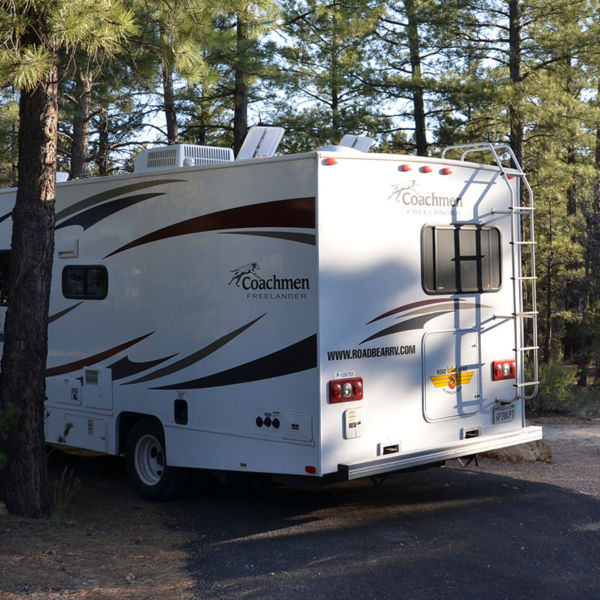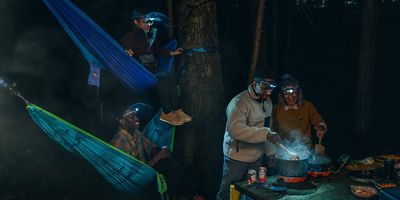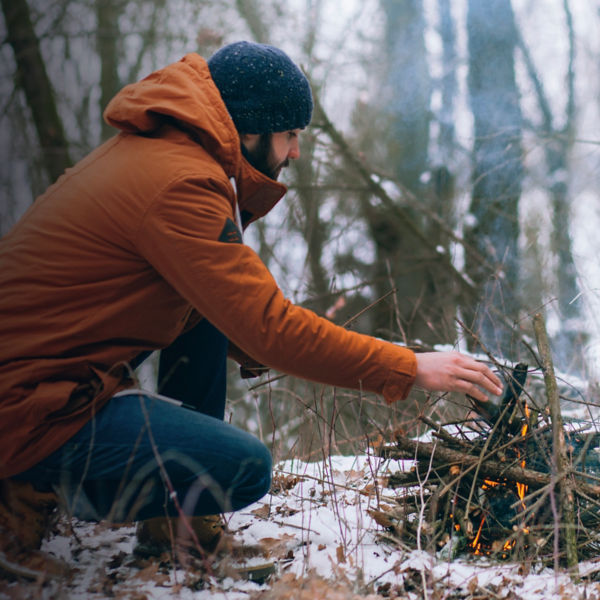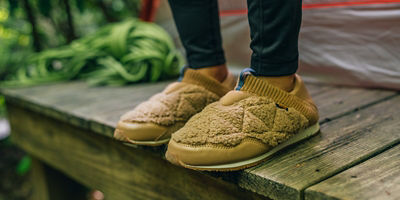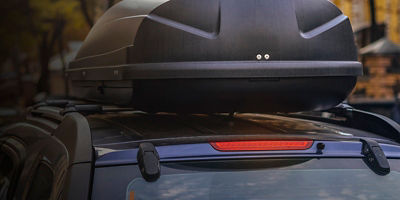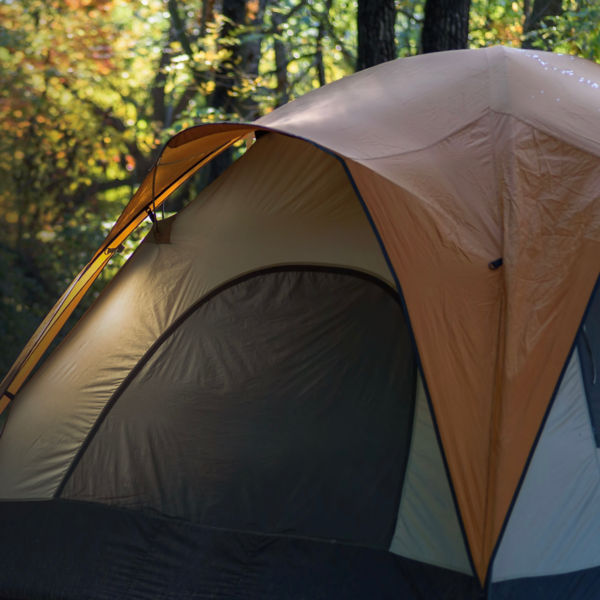
Your hike is done, your tent is up—and you’re hungry. Everything tastes better in camp, but you’ll need a quality outdoor cooking equipment set to make it happen. The options vary in price, weight, and cooking characteristics, and what’s best for an ultralight backpacker won’t necessarily work for a family camping trip. Here’s how to choose the best items for you.
MATERIALS
Camping pots, pans, and accessories are typically made of one of these materials, all with their own pros and cons.
Aluminum
Pros: Lightweight; affordable; conducts heat evenly
Cons: Dents/scratches easily; doesn’t last as long as other materials
Best for: Occasional campers; meals that require simmering
Hard-anodized aluminum
Pros: Lightweight; a special finishing process makes it durable and scratch resistant; conducts heat evenly
Cons: A bit more expensive than regular aluminum cookware
Best for: Most backpackers; meals that require simmering
Stainless steel
Pros: Durable; scratch resistant; affordable
Cons: A bit heavier than other options; doesn’t conduct heat as evenly, making hot spots and scorching a problem when cooking
Best for: Gear abusers; simple cooking and heating water
Titanium
Pros: Featherweight yet strong; heats up quickly
Cons: The most expensive option; doesn’t conduct heat as evenly as aluminum
Best for: Ultralight hikers; simple cooking and heating water
Silicone (paired with a metal bottom)
Pros: Durable; naturally nonstick; flexible (so it can be collapsed for packing)
Cons: Expensive
Best for: Saving space in your pack
FEATURES
Cookware comes with a variety of perks and extras. You might consider:
Nonstick coatings: Just like at home, these treatments make cleanup a lot easier. They can be found on most types of materials (except silicone), and are typically made from a chemical treatment (like Teflon) or a ceramic coating. Also like home: Metal utensils can scratch a nonstick surface, so use plastic or wood.
Lids: Most backpacking pots come with a metal or plastic lid; clear plastic lids let you check on food without releasing heat. Pasta on the menu? Look for lids that come with strainers, making draining noodles a lot easier.
Collapsibility: Nesting sets reduce bulk. If space is a premium, silicone cookware is often designed to squish down flat, making it the most compact option.
Measuring tick marks: Some cookware comes premarked with units of measurement, making it easier to get proportions right.


















































